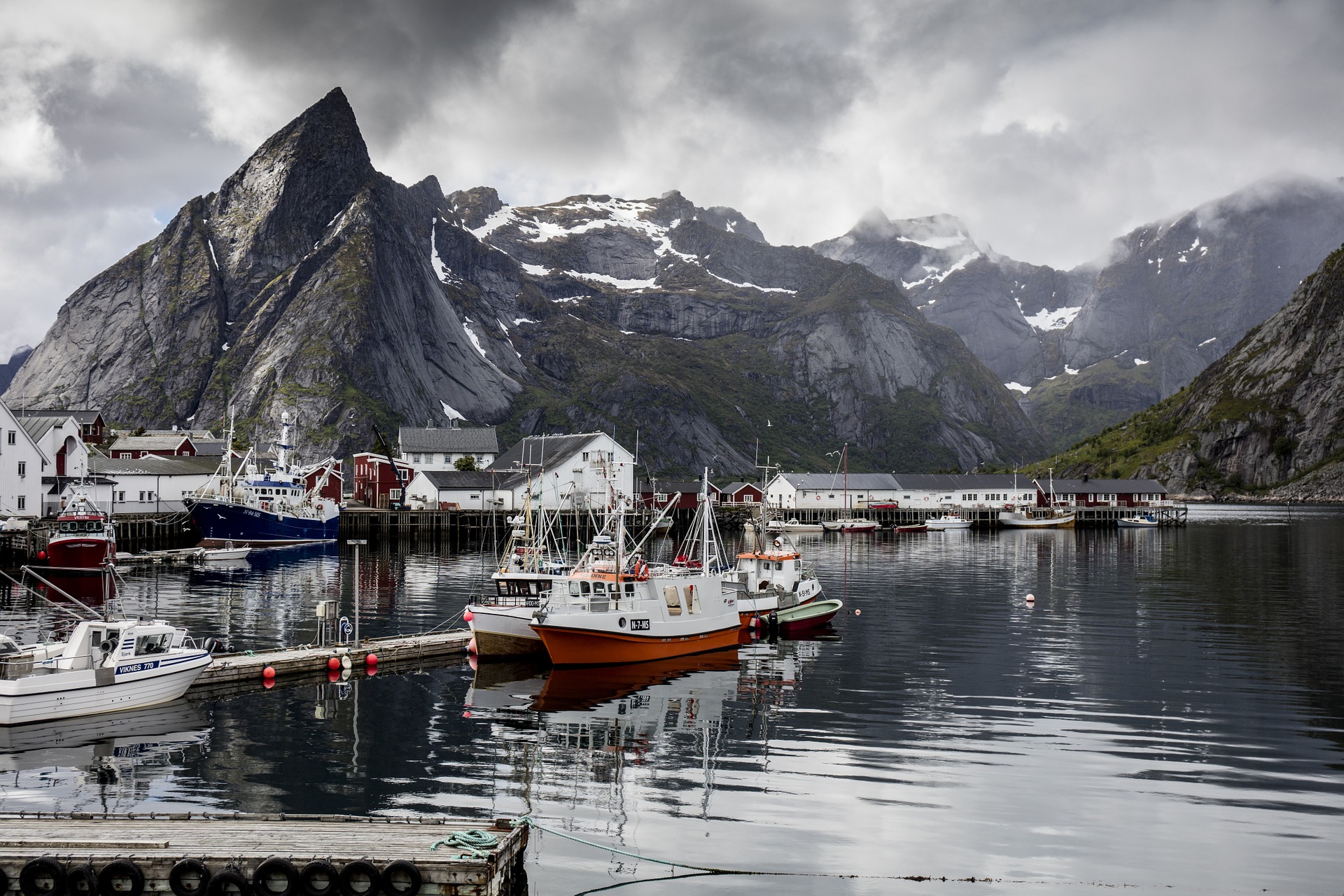The Norwegian economy is only 2.4% circular. This is the latest Circularity Gap Report produced by, Circle Economy and Circular Norway. This is compared to a global average of 8.6%, 9.7% in Austria and 24.5% in the Netherlands. The report is part of a series of analysis done by the popular Amsterdam-based think thank.
Lost materials
The research shows how currently, 97.6% of materials consumed each year never make it back into the Norwegian economy. Norway also has one of the highest per capita consumption rates in the world, at 44.3 tonnes per person. But the report shows that Norway has enormous potential: with the right interventions, the country could see a 20-fold increase in its circularity.
These “lost materials” are either locked into stock (buildings, capital equipment or bunker fuels), dissipated (emissions released into the air or the dispersion of materials through erosion and run-off), or lost (waste being landfilled or incinerated).
In the face of the climate emergency and the EU's decision to strive for full circularity, Norway's need for a circular transition is urgent. However, while directly subject to most EU climate change and circular economy policies and plans, such as the Green Deal and the Circular Economy Action Plan, on a national level it lacks concrete goals toward achieving wide-scale circularity.
The report interestingly shows the total domestic extraction of resources which amounts to 333.8 million tonnes, through the mining of minerals or the production of crops in agriculture or forestry for timber in the construction sector, for example, which position Norway as an extractive country. However it imports products from abroad, for 74 million tonnes (plus 0.3 million tonnes of waste, and 2.5 million tonnes of secondary materials) and 151 tonnes of Raw Material Equivalents.
Surprisingly, while waste production in Norway is relatively low, the volume of reuse and recycle is limited. The total amount of waste generated domestically is 14.6 million tonnes, while 10.3 million tonnes is lost and landfilled. Regarding the domestic recycled materials—which amounts to only 30% of waste—the data displays how Norway only excels in very small volumes of certain high-value recycling streams, like glass.
How Norway could become a pioneer in the circular economy
The report shows that the country can become 45.8% circular by restructuring business and industry. It dives into six scenarios for a potential way forward and explores how governments and businesses can facilitate circular consumption and prepare the labour market for the transition.
With a good tripartite cooperation in Norwegian employment, a highly-educated and digitally competent population and a long history with renewable energy and plastic recycling, Norway is well set to become a pioneer in the circular economy. However it has to focus a lot on the food sector (circular food systems), on circular forestry and a far more circular construction sector (especially infrastructure repair and maintenance). Furthermore Norway, while only having 1% of the European population, it has 40% of gas resources and 60% of oil resources. While 98% of electricity in the country is generated from renewable sources - namely hydropower – it should stop fossil fuel extraction and refinery. Subsidizing electric cars with oil revenues isn’t the best way to go circular. But given Norway’s tendency to innovate and transform, concludes the report, the chance for a speedy transition to circular economy, is not just possible but also likable.



